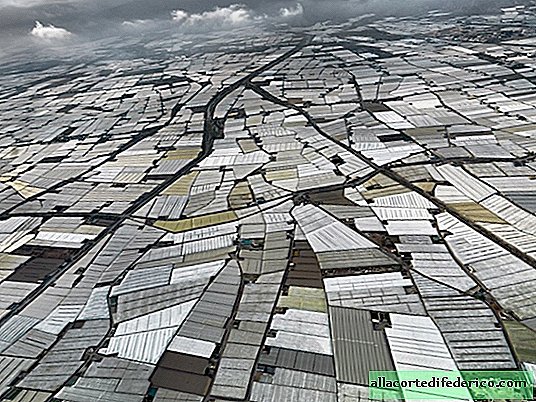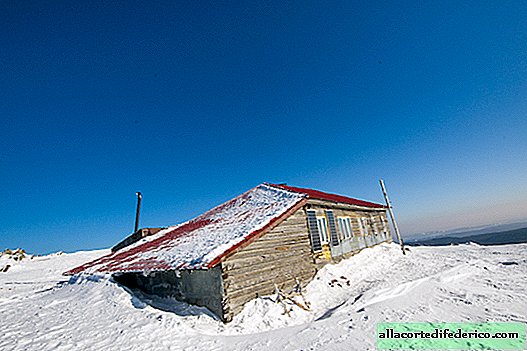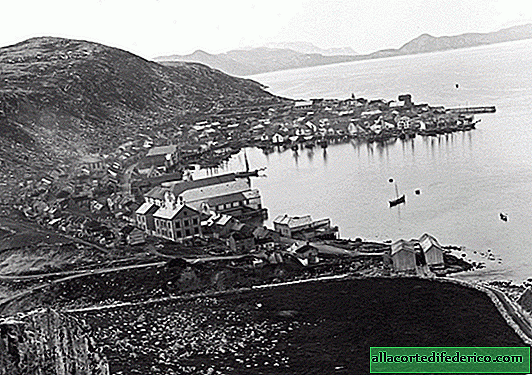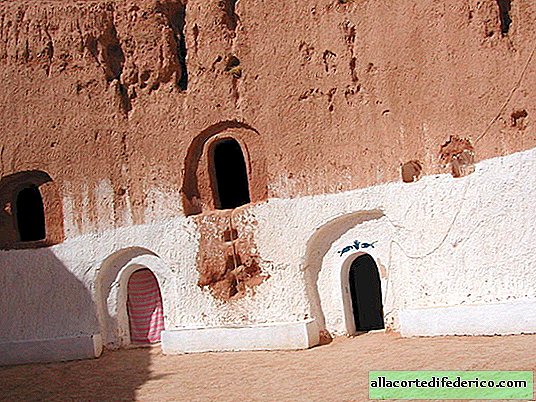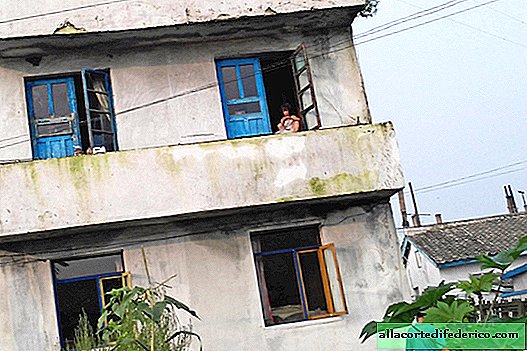Borobudur in Indonesia: a temple that has stood under a layer of ash for centuries
Looking at this magnificent temple complex, it is hard to believe that it stood for several centuries under a thick layer of volcanic ash, and it was almost invisible. Perhaps Borobudur would still be hidden from human eyes in the deep Indonesian jungle, if not for the colonialists who were greedy for treasures and ancient values, who discovered and unearthed it in the 19th century.

Despite the fact that today most of the inhabitants of Indonesia profess Islam, many ancient Buddhist temples are located on the territory of this country. Buddhism began to penetrate the large islands of modern Indonesia in the 2nd – 3rd centuries AD and already by the 5th – 7th centuries was widespread among the local population and representatives of the ruling class. Along with Buddhism in Java, Sumatra, Sulawesi and neighboring islands, Hinduism was also widespread, and in the 13th century Islam penetrated here. The religion, introduced by Arab merchants and sailors, began to penetrate deeply from commercial ports deep into the territory, and by the 15th century Islam had become the main religion of this region, and Buddhist temples began to decline.

But back to the 9th century, when Buddhism was the main religion on the island of Java. During this period, the construction of the grand Borobudur, which today is the third largest Buddhist temple complex in the world, was completed. Borobudur is an important pilgrimage site for modern Buddhists, and is also popular among tourists.

The Borobudur temple complex is located in the province of Central Java. The monument has the shape of a stupa with a square base measuring 118 by 118 meters, consisting of 8 tiers. The five lower tiers are square and the upper ones are round. According to Buddhist traditions, each level symbolizes a certain sphere of residence: the sphere of passions, the sphere of forms and the sphere without forms. The walls of the steps are decorated with bas-reliefs describing scenes from the life of Buddha and religious epics, and at the top of the temple there are many statues of Buddha (more than 500).

According to researchers, the temple was located in the middle of the lake, as evidenced by the geological deposits discovered around the temple. But here is the exact reason why the grandiose temple was abandoned, scientists can not yet name. Most likely, people left this place because of the volcano Merapi, whose name translates as "mountain of fire." Merapi is located near the temple, and from the upper step of Borobodur you can observe this masterpiece of nature in all its glory.

Merapi is considered the most active of all active volcanoes in Indonesia, which regularly erupts, destroying nearby settlements and forcing people to leave their homes. So it was many centuries ago: reliable information has been preserved that in 1006 there was a terrible eruption that destroyed the state of Mataram on the island of Java. Most likely, the Borobudur temple complex was buried under a many-meter layer of volcanic ash during the eruption of Merapi. People left these places after a terrible natural disaster, so there was no one to clear the temple. The jungle gradually covered the surroundings of the volcano, and only the upper steps and several statues on the top remained visible from the temple.

The second life of Borobudur began after it was discovered at the beginning of the 19th century by the British who arrived on the island of Java. Several expeditions organized by them cleared the temple of ash and forest for several years, and by 1835 Borobudur was completely cleaned. It became obvious that this is a grandiose monument with perfectly preserved bas-reliefs, statues and other sculptural elements. Unfortunately, the barbaric attitude of "cultural Europeans" towards Borobudur caused great damage to the complex. During the 19th century, many statues, bas-reliefs, and ornamental elements were exported to private collections and sold in local markets.

In the 70-80s of the last century, a large-scale restoration was carried out in Borobodur, after which the temple was listed as a UNESCO World Heritage Site. Today, this unique temple, which was covered with ashes and covered with vegetation for many centuries, is again open for visitors. In addition to Buddhists, numerous tourists come here, because Borobodur is one of the main attractions of Indonesia.


